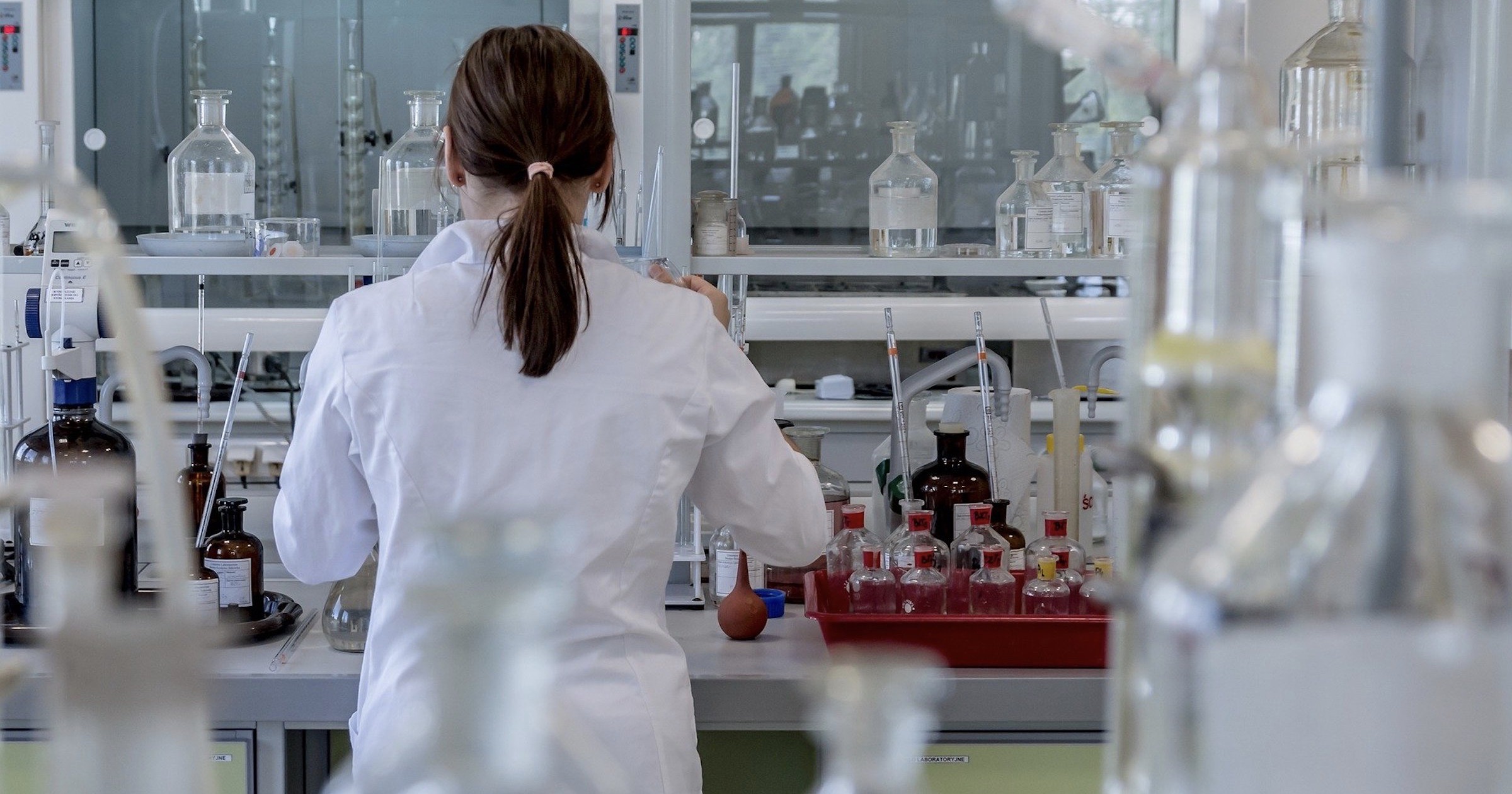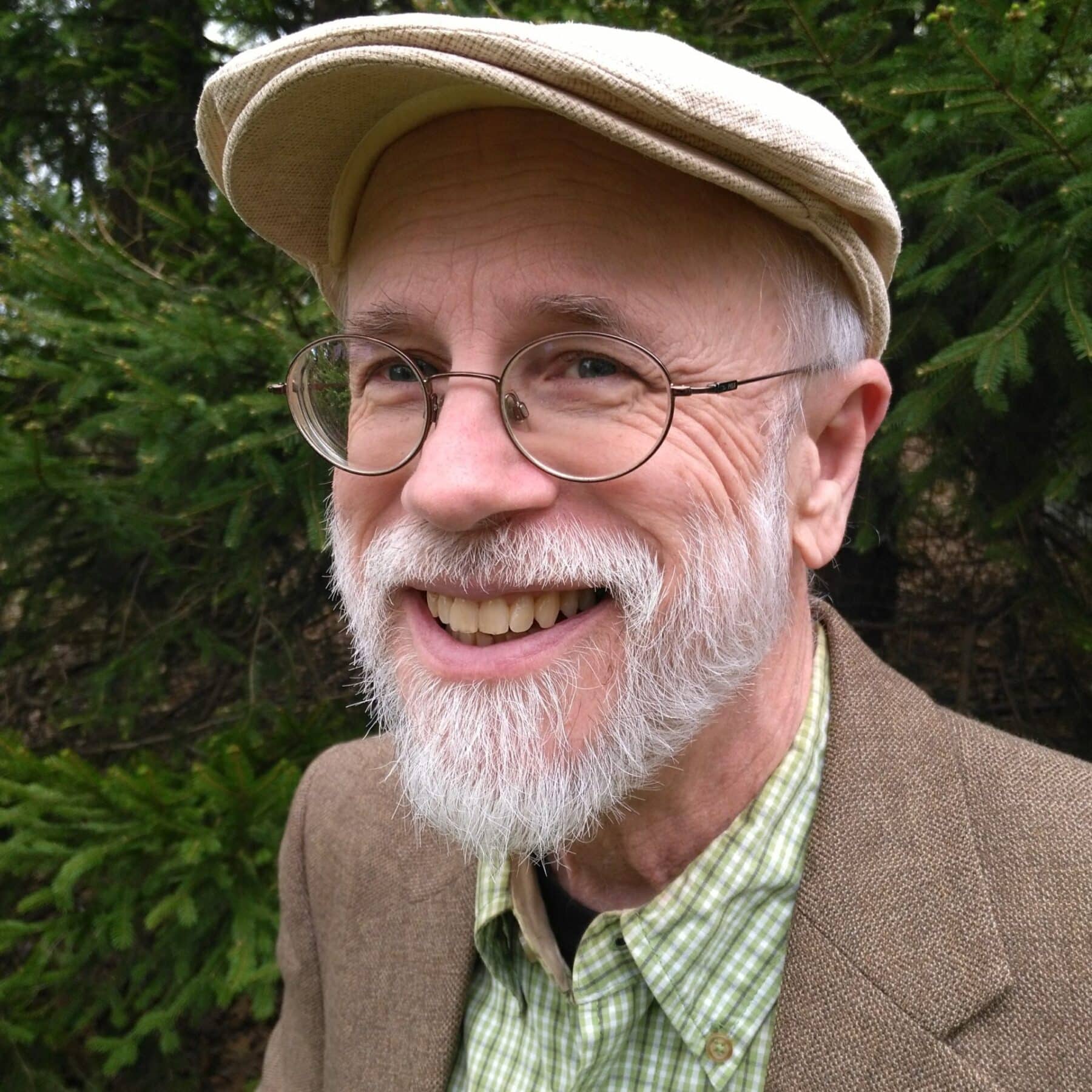 Intelligent Design
Intelligent Design
Do Origin-of-Life Researchers Now Accept Intelligent Design?

Natural processes without external assistance could never explain the origin of the first cell, and researchers have increasingly come to realize this. A cell’s genesis faces two monumental challenges. First, it requires a chemical system to transition into a state of much higher free energy: higher energy and lower entropy (higher order). Such a transformation, without aid, violates the most fundamental laws of physics (here, here).
Origins researchers have attempted to identify a natural process that could supply the required free energy to power the transformation to life. The most popular proposal is proton gradients across alkaline thermal vents. I described in my exchange with Jeremy England why this source could never provide even the tiniest amount of the required energy. Another proposal by biophysicist Helen Hansma is that mica sheets embedded in rock in the ocean floor or in other environments could have provided mechanical energy to drive life-relevant chemical reactions uphill. In my exchange with her, I demonstrated that neither her model nor any other fared any better than the hydrothermal vents (here, here, here).
The second challenge is that even the simplest of cells represents a highly improbable arrangement of molecules that must meet the exacting requirements of information-directed self-replication (here, here). Leading researchers intuitively recognize that only an intelligent agent could accomplish the goals of meeting these requirements. Yet, many are not willing to consider such a possibility, so they smuggle agency into their models in the guise of natural selection.
Back to Ronald Fisher
This trend goes all the way back to Ronald Fisher who was one of the principle founders of population genetics. He stated,
It was Darwin’s chief contribution, not only to Biology but to the whole of natural science, to have brought to light a process by which contingencies a priori improbable are given, in the process of time, an increasing probability, until it is their non-occurrence, rather than their occurrence, which becomes highly improbable.
Thermodynamics dictates that natural processes always move systems, if heat is not released, in a direction where the entropy increases, which corresponds to states of higher probability. As a crude illustration, a neat room will tend to become messy because an arrangement of items corresponding to a messy room is far more probable than to a neat room. The logic of Darwinian evolution is that natural selection can override the thermodynamics by directing a self-replicating entity toward a state of low probability.
Elbert Branscomb and Michael Russell are two architects of the hydrothermal vent model, and they describe their invoking of natural selection in a two-part article using the most striking of terms. In the first part, they list in their key requirements of life a molecular engine to drive processes energetically uphill and dedicated molecular machines to manage even downhill processes,
But even those of life’s molecular transformations that do run downhill have to be taken out of chemistry’s hands and “managed” by a dedicated macromolecular machine — in order to impose conditionally manipulable control over reaction rates and to exclude undesirable reactions, both as to reactants and products. On its own, chemistry is far too indiscriminate and uncontrollable.
In the second part, Branscomb and Russell state that life’s origin likewise depends on engines and the direction of highly specified reactions. They acknowledge that such a system could never have emerged through standard chemistry:
We claim in particular that it is untenable to hold that life-relevant biochemistry could have emerged in the chemical chaos produced by mass-action chemistry and chemically nonspecific “energy” inputs, and only later have evolved its dauntingly specific mechanisms (as a part of evolving all the rest of life’s features).
Rather, they assert that the first cell was engineered through natural selection:
Instead, we claim, it had to have been launched simple and “specific” and thereafter have been forced by the scythe of natural selection to maintain the necessary specificity standard at each evolutionary increment in complexity. More specifically, all the devices of life, metabolic and structural, must have been invented by it, “in situ,” step by step, and “while in flight,” starting from the simplest possible inputs (e.g., CO2, H2, CH4, NO, etc. see Figure 1) and “learning itself,” by trial and error, which small changes, themselves occurring by chance, were useful: each incremental step in this “evolution by creeps,” complexity-building process necessarily being vetted by the system both for “fitting in” and for “contributing” more utility than cost.
Nothing Is Reproducing
The obvious problem is that nothing is reproducing, so natural selection could never have commenced. The authors are appealing not to a real physical process but to an entity that can maintain standards, invent, learn by trial and error, and vet for “fitting in” and usefulness. The only entity with such capacities is an intelligent designer.
Other origins researchers have attempted to apply natural selection to autocatalytic reactions, which are sets of interconnected chemical reactions that become self-sustaining. I explained in my exchange with Hansma why such a system would always move away from life, never towards it. Leaders in origins research such as Leslie Orgel have even described origin-of-life models based on such reaction sets as appealing to “‘if pigs could fly’ hypothetical chemistry” (here, here).
The RNA World Hypothesis
As another example, the RNA world hypothesis presupposes self-replicating RNAs or autocatalytic sets of RNAs replicating each other, and natural selection is purported to direct the RNAs evolution into complex folded structures that drive life-relevant reactions. Yet, even if the undirected synthesis of RNA were not completely implausible (here, here, here), the RNAs that would quickly dominate in any evolutionary scenario would be those that were smaller and simply replicated the fastest, performing no other useful functions. Conversely, those RNAs that folded into the type of structures that could potentially assist in life’s origin would replicate most slowly and quickly disappear from the population (here, here). Research that suggests otherwise invariably imposes highly unrealistic assumptions on computational models, or it centers on experiments that require enormous investigator intervention (here, here) and at times conditions, such as high heat, that quickly degrade RNA and its building blocks (here, here).
Investigators increasingly recognize that origins models based on sets of autocatalytic reactions (metabolism-first hypothesis) or replicating RNAs (RNA world hypothesis) are hopelessly implausible. They instead propose that evolving RNAs selected sets of chemical reactions that favored life, and those reaction sets selected RNAs that assisted in properly directing life-relevant reactions (here, here). For instance, evolutionary theorist John Stewart proposes that RNAs were selected that created a set of chemical reactions that coalesced into a functional metabolism:
The managed-metabolism hypothesis suggests that RNA which could harvest an on-going stream of benefits from a particular proto-metabolism could do better in some circumstances than RNA that plundered and moved on. Importantly, this stream of benefits could be greatly enhanced if the RNA used its power to overcome the cooperation barrier, thereby increase the productivity of the proto-metabolism. In this way, selection operating on the RNA could favour the emergence of managers that ‘farm’ a metabolism and use their power to enhance its productivity.
Stewart then describes the powers of these RNAs:
Just as powerful governance is essential if complex social and economic systems are to emerge, powerful RNA was essential to enable simple chemical organizations to evolve into complex, cooperative metabolisms. RNA achieved this by suppressing the free-riders that would otherwise undermine complex cooperation, and by supporting co-operators to ensure cooperation paid. It was in the evolutionary interests of RNA to govern metabolisms in this way because it could capture some of the increased productivity that was produced by its governance. The rest is evolution.
At some point the thoughtful reader must ask whether an RNA molecule could possibly govern chemical reactions, suppress free-riders, support co-operators, and act in its own self-interest. In reality, a collection of RNAs released into an alkaline vent, primordial pool, or any other realistic environment would simply break apart. Again, the only agent with such capacities is an intelligent designer. As our understanding of cellular biology increases, researchers continuously find that the only framework capable of understanding life’s origin is design-based, and they increasingly have to smuggle design into their research hidden in the language of natural selection, evolution, and self-organization. With time, larger numbers of careful readers will see the true source of the creative power behind life.

